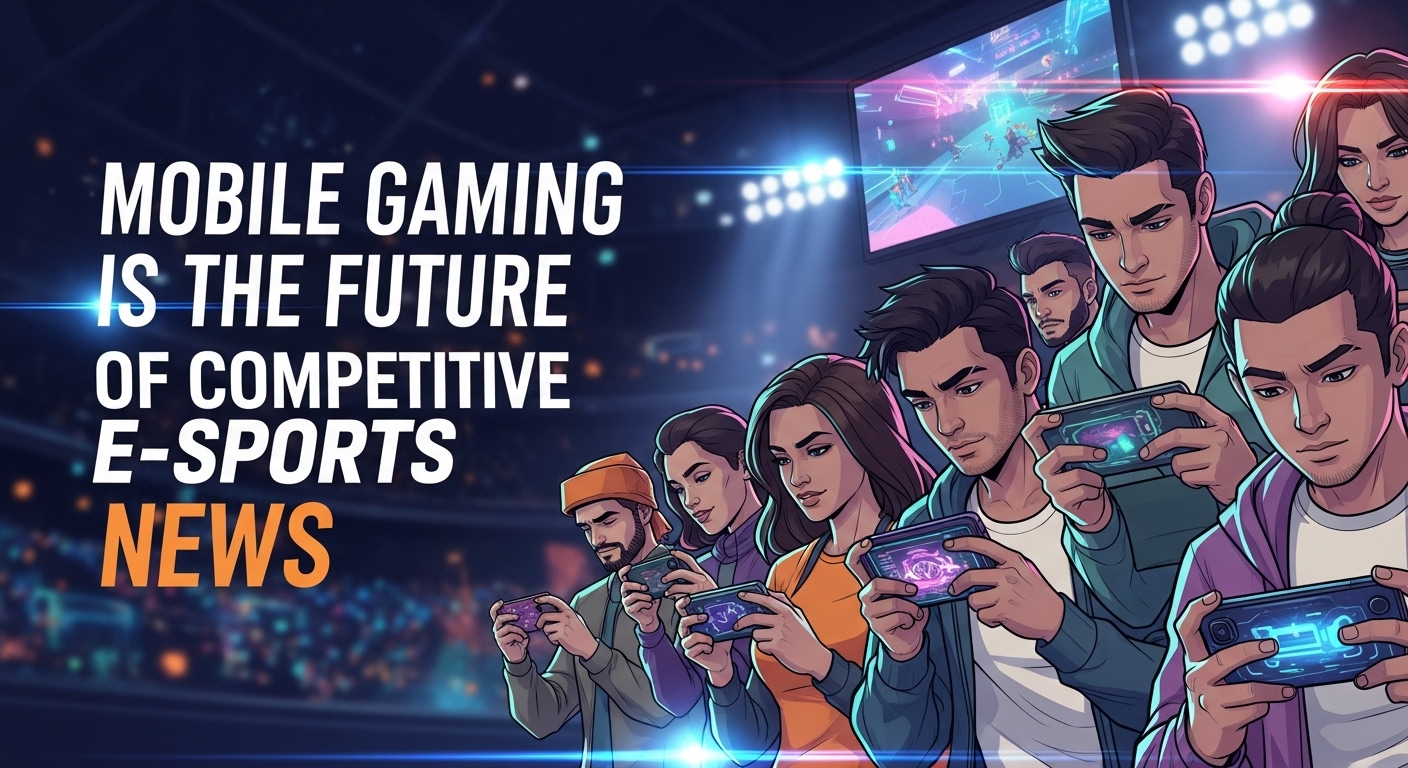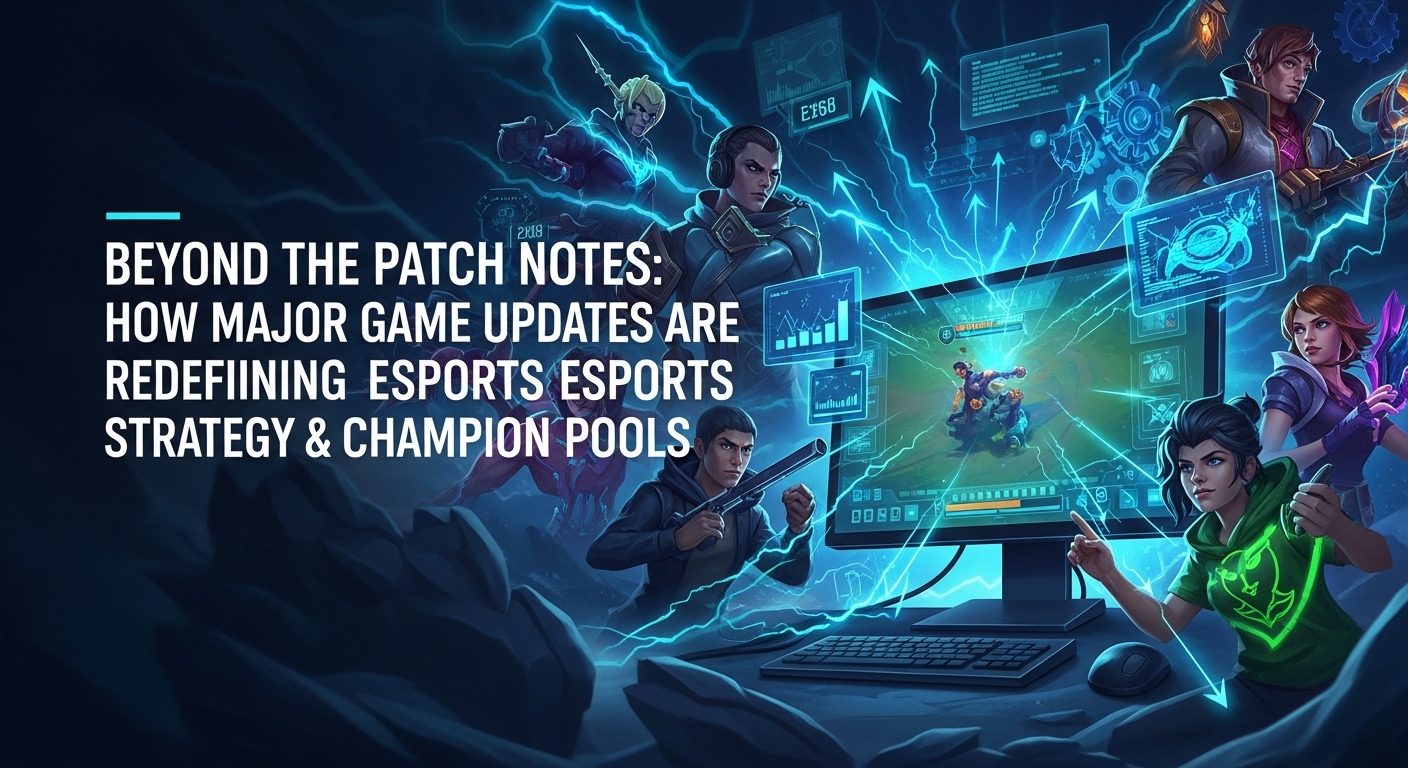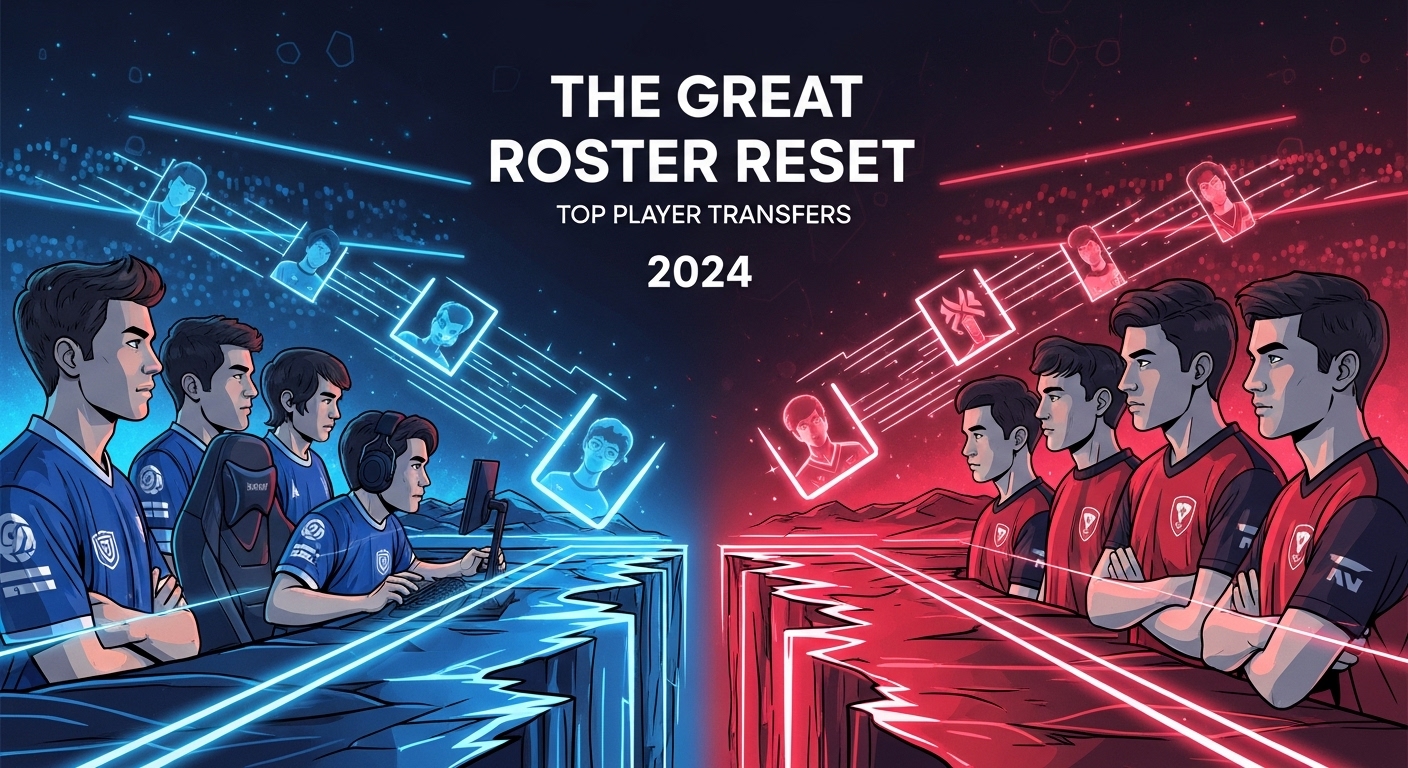The Mobile Gaming Revolution: More Than Just a Pastime
For years, the term “e-sports” conjured images of massive arenas, players hunched over high-end PCs, and the frantic clicking of mechanical keyboards. Titles like League of Legends, CS:GO, and Dota 2 defined the landscape, building empires on the back of dedicated hardware and lightning-fast internet connections. But while the world was watching the main stage, a quiet revolution was happening in the palm of our hands. Mobile gaming, once dismissed as a casual distraction for commutes and waiting rooms, has erupted into a global competitive phenomenon, and it’s time the latest e-sports news gave it the spotlight it deserves.
The sheer scale of mobile gaming is staggering. With over 3 billion players worldwide, the smartphone has become the most accessible gaming console on the planet. This accessibility is the cornerstone of the mobile e-sports explosion. It has demolished the barrier to entry, inviting a new, diverse generation of competitors and fans from every corner of the globe, particularly in regions where PC and console gaming are less prevalent.
Accessibility is King
Think about it: to compete in a top-tier PC game, you need a significant investment. A powerful gaming rig, a high-refresh-rate monitor, and specialized peripherals can cost thousands of dollars. To compete in a top-tier mobile game, you need the device you likely already own. This democratization of competitive gaming has unlocked a vast, untapped talent pool. A teenager in a small town in Brazil can now compete on the same stage as a pro player from South Korea, all through the power of their phone. This has led to a truly global scene, with vibrant communities and fierce rivalries spanning continents.
From Casual Fun to Hardcore Competition
The evolution of mobile games themselves has been a critical factor. We’ve moved far beyond simple puzzle games. Today’s top mobile titles are complex, strategic, and mechanically demanding. Games like PUBG Mobile and Call of Duty: Mobile offer a full-fledged battle royale experience that rivals their PC counterparts in depth and intensity. MOBAs like Arena of Valor and League of Legends: Wild Rift have successfully translated intricate controls and deep strategy to the touchscreen, creating a skill ceiling that rewards thousands of hours of practice. These aren’t just games; they are legitimate competitive platforms demanding teamwork, lightning-fast reflexes, and brilliant strategic thinking.
The Titans of Mobile E-Sports: Games Defining the Scene
A few key titles have spearheaded the charge, building massive ecosystems with dedicated player bases, professional leagues, and eye-watering prize pools. These games are the pillars of the mobile e-sports world.
Battle Royales: PUBG Mobile & Garena Free Fire
It’s impossible to discuss mobile e-sports without mentioning the battle royale genre. PUBG Mobile, in particular, is a global juggernaut. Its competitive circuit, the PUBG Mobile Global Championship (PMGC), features teams from around the world competing for millions of dollars. The viewership numbers are astronomical, often surpassing those of long-established PC e-sports tournaments. Similarly, Garena Free Fire has captured a massive audience, especially in Latin America and Southeast Asia, with its fast-paced gameplay and accessible system requirements. These games have become cultural phenomena, turning players into national heroes and celebrities.
MOBAs on the Go: Arena of Valor & Wild Rift
The Multiplayer Online Battle Arena (MOBA) genre has always been a staple of PC e-sports. Translating its complexity to mobile was a challenge, but games like Arena of Valor (known as Honor of Kings in China) proved it could be done with incredible success. Honor of Kings is one of the highest-grossing games of all time, and its competitive scene in Asia is colossal. More recently, Riot Games’ League of Legends: Wild Rift has entered the fray, bringing the world’s most popular e-sport to mobile with a polished, competitive-focused experience. Its burgeoning global scene is quickly establishing it as a major player in the mobile e-sports arena.
By the Numbers: The Staggering Growth of Mobile E-Sports
If the anecdotal evidence isn’t convincing, the numbers paint an undeniable picture of mobile e-sports’ dominance. This isn’t just a niche market; it’s a financial and cultural powerhouse that is reshaping the entire gaming industry.
Viewership That Rivals the Majors
The audience for mobile e-sports is enormous and incredibly engaged. The Free Fire World Series 2021 in Singapore, for instance, peaked at a staggering 5.4 million concurrent viewers, making it one of the most-watched e-sports events in history, mobile or otherwise. The PMGC regularly pulls in millions of concurrent viewers for its finals. These figures aren’t anomalies; they are the new standard. Viewers are tuning in from platforms like YouTube, Twitch, and Facebook Gaming, creating a diverse and global viewership that traditional sports leagues can only dream of.
Prize Pools in the Millions
The money flowing into mobile e-sports is equally impressive. The Honor of Kings World Champion Cup 2021 featured a $7.7 million prize pool. The PUBG Mobile Global Championship 2021 offered $6 million. These are not insignificant sums; they are life-changing amounts of money that legitimize the profession of a mobile e-sports player. This level of investment from developers and sponsors signals a deep confidence in the longevity and profitability of the scene.
Challenges and Criticisms Facing the Mobile Scene
Despite its meteoric rise, the mobile e-sports scene is not without its hurdles. It continues to fight for legitimacy in the eyes of some traditional e-sports fans and faces unique technical and structural challenges.
The “Pay-to-Win” Stigma
Mobile gaming, in general, has a reputation for predatory monetization models, often labeled “pay-to-win.” While this is true for many casual games, the top competitive titles have worked hard to separate gameplay from payment. In games like Wild Rift and PUBG Mobile, cosmetic items are the primary revenue driver, ensuring that a player’s skill, not the size of their wallet, determines the outcome of a match. However, shaking this stigma remains an ongoing battle for perception.
Bridging the Gap with the West
While mobile e-sports are treated with the same reverence as PC e-sports in many parts of Asia and South America, they are still viewed as a secondary tier in much of North America and Europe. Major e-sports news outlets in the West often provide minimal coverage, and the fan base is still developing. However, this is rapidly changing as major organizations like TSM, FaZe Clan, and Team Liquid invest in mobile rosters, recognizing the immense, untapped potential of the market.
Join the Conversation: The Future is in Your Pocket
The evidence is clear: mobile e-sports are not a fleeting trend. They are a dominant, driving force in the global competitive gaming landscape. With unparalleled accessibility, massive viewership, and ever-growing financial investment, the scene is poised for even greater heights. As mobile technology improves with the rollout of 5G and more powerful devices, the line between mobile and traditional e-sports will continue to blur.
Ignoring the rise of mobile gaming is no longer an option for anyone interested in e-sports news. It’s where a new generation of talent is being born, where viewership records are being shattered, and where the future of competition is being forged. So, what do you think? Are you a dedicated mobile e-sports fan, or are you still a skeptic? Let us know your thoughts. The next world champion might just be playing on the phone next to you.


